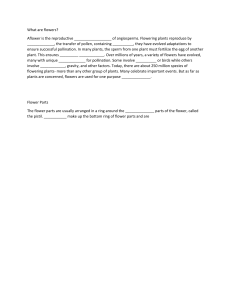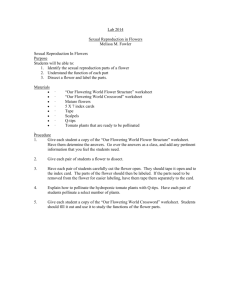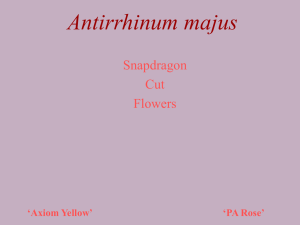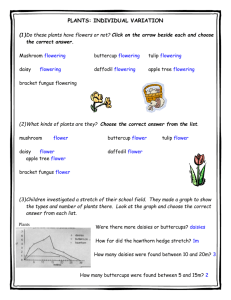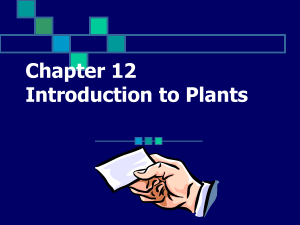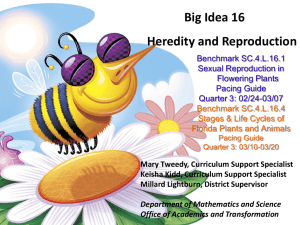Lesson Title: Flower Dissection Standard: Compare the
advertisement
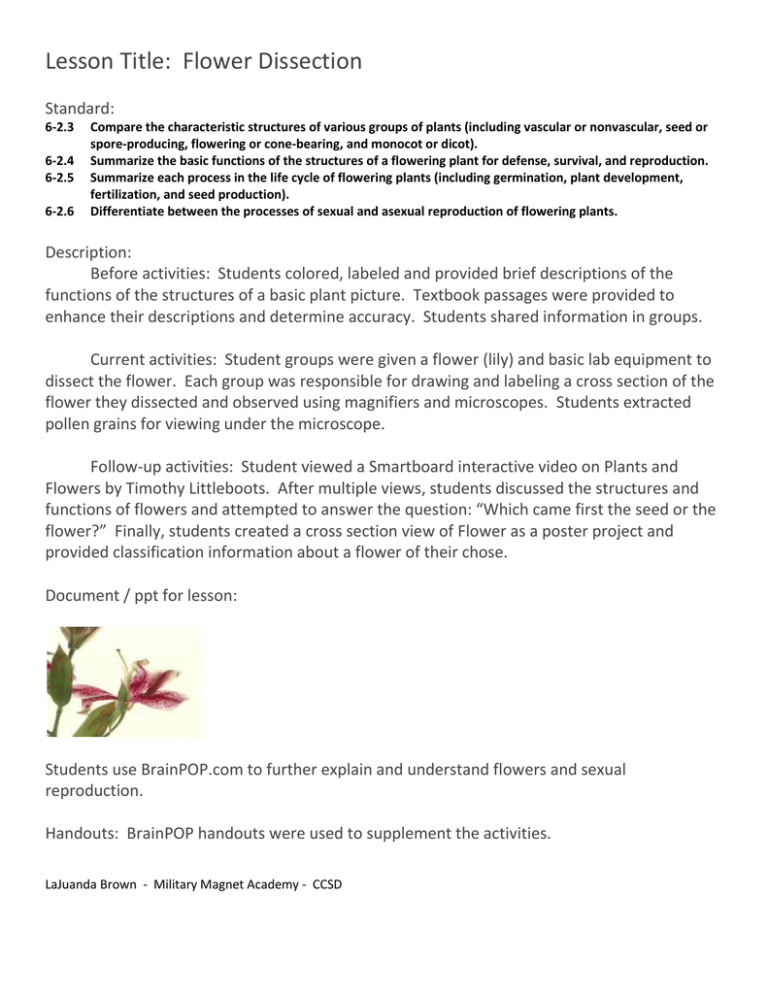
Lesson Title: Flower Dissection Standard: 6-2.3 6-2.4 6-2.5 6-2.6 Compare the characteristic structures of various groups of plants (including vascular or nonvascular, seed or spore-producing, flowering or cone-bearing, and monocot or dicot). Summarize the basic functions of the structures of a flowering plant for defense, survival, and reproduction. Summarize each process in the life cycle of flowering plants (including germination, plant development, fertilization, and seed production). Differentiate between the processes of sexual and asexual reproduction of flowering plants. Description: Before activities: Students colored, labeled and provided brief descriptions of the functions of the structures of a basic plant picture. Textbook passages were provided to enhance their descriptions and determine accuracy. Students shared information in groups. Current activities: Student groups were given a flower (lily) and basic lab equipment to dissect the flower. Each group was responsible for drawing and labeling a cross section of the flower they dissected and observed using magnifiers and microscopes. Students extracted pollen grains for viewing under the microscope. Follow-up activities: Student viewed a Smartboard interactive video on Plants and Flowers by Timothy Littleboots. After multiple views, students discussed the structures and functions of flowers and attempted to answer the question: “Which came first the seed or the flower?” Finally, students created a cross section view of Flower as a poster project and provided classification information about a flower of their chose. Document / ppt for lesson: Students use BrainPOP.com to further explain and understand flowers and sexual reproduction. Handouts: BrainPOP handouts were used to supplement the activities. LaJuanda Brown - Military Magnet Academy - CCSD
